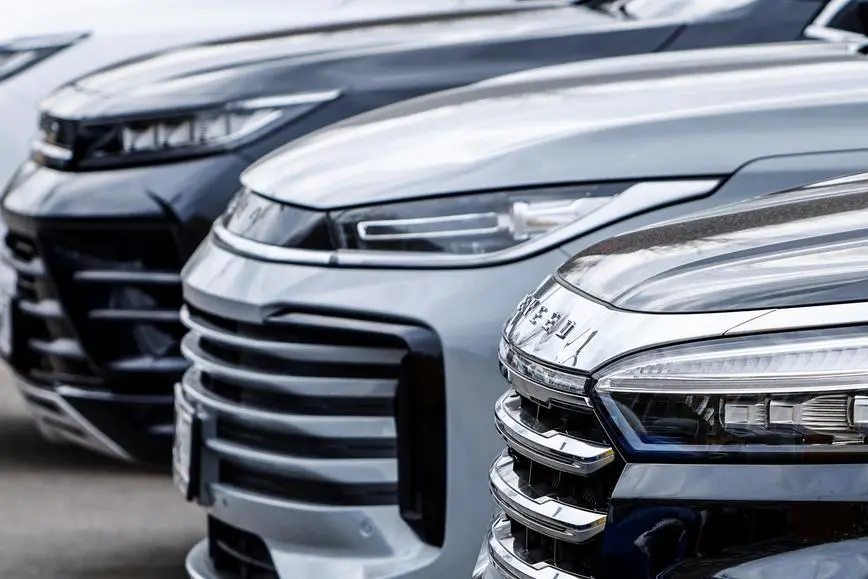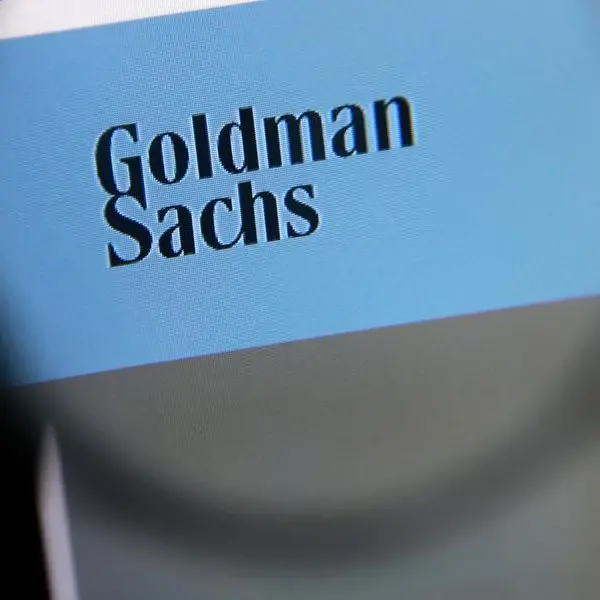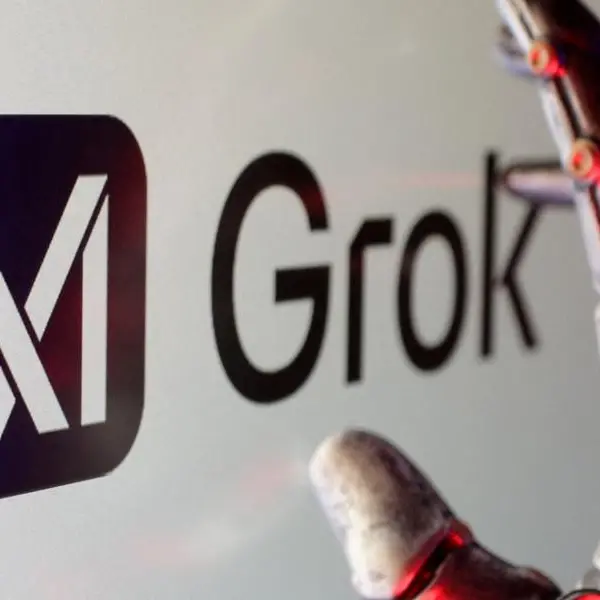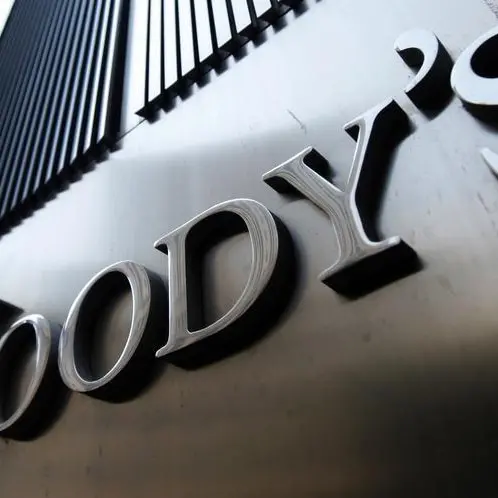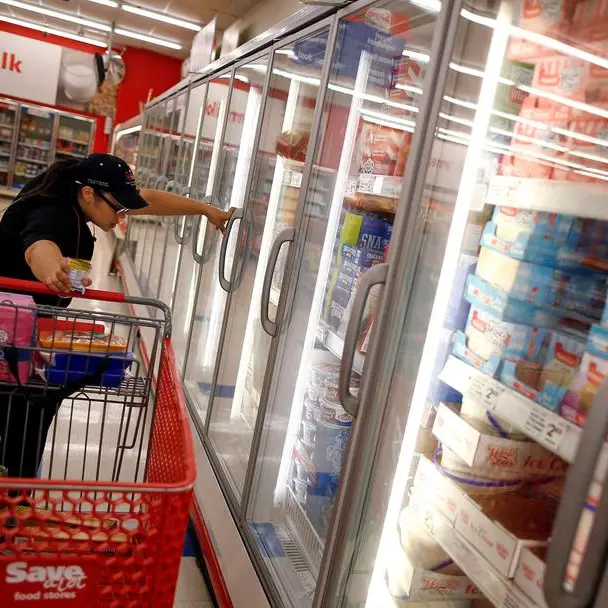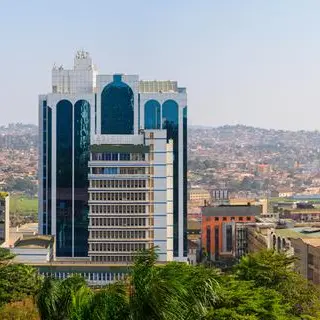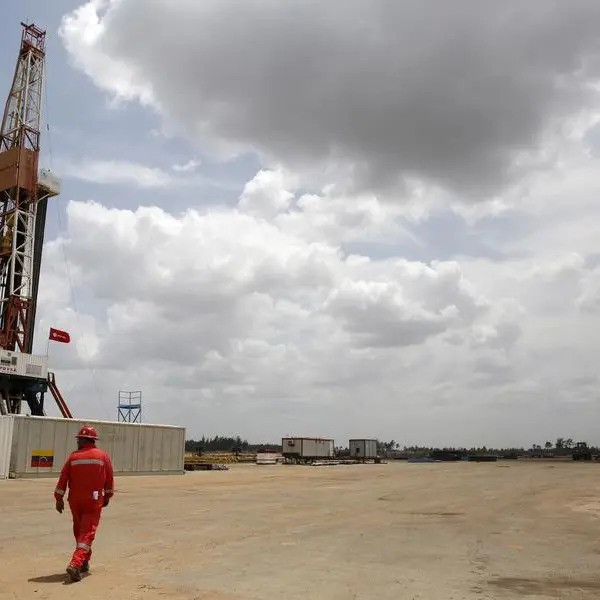PHOTO
A new form of sticker shock has hit American car buyers like Darin Davis.
In January, when the 56-year-old Dallas real estate agent renewed the insurance on the pearly-white 2024 Cadillac XT4 that he bought just a few months earlier, the rate nearly doubled.
"It takes the fun out of owning a new car when you’re paying so much money," said Davis, adding that if he’d known such a massive increase was coming, he might have opted for a less expensive model. But by then it was too late.
In one of the cruel twists of an inflation-weary U.S. economy, car prices are coming down after surging by record amounts during the COVID-19 pandemic. But at least part of those gains for consumers are getting gobbled up by rising auto insurance rates that for some models now account for more than a quarter of the total cost of owning a vehicle.
Car prices have eased as the supply chain snarls of the pandemic--especially shortages of vital computer chips--have untangled and automakers boost inventories on their lots. Meanwhile, factors including rising costs associated with repairing increasingly complicated vehicles and more storm damage amid climate change is pushing insurance rates higher.
And car buyers aren't the only ones with an axe to grind over insurance inflation. For Federal Reserve policymakers working to lower inflation overall, it's an example of the unwelcome surprises that have conspired to slow their progress.
HURTING AFFORDABILITY
The Consumer Price Index rose 3.5% last month from a year earlier, according to the Labor Department. But auto insurance costs were up 22.2% over the same period, the biggest increase since the 1970s.
Car prices, meanwhile, continued to moderate. New vehicle prices declined 0.1%, compared to a year earlier, while used prices slipped 2.2%. Car dealers are offering more incentives to buyers, which helps bring down up-front costs. The degree to which insurance rates are weighing on buying decisions is unclear, but there are signs it’s become a bigger factor, especially for consumers on tight budgets.
"We’re hearing from a number of shoppers that they’re declining to buy a car - or returning one - because they can afford the car, but not the insurance for it," said Sean Tucker, a senior editor at Kelley Blue Book, a car valuation and research company in Irvine, California.
Tucker said Kelley Blue Book recently added insurance guidance to its list of buying tips, urging shoppers to get an insurance quote before they put down any money.
Car insurance rates vary widely across the country and are influenced by everything from the cost local collision repair shops charge to the potential for damage from tropical storms and wildfires. According to the insurance shopping site Insurify, the average cost in the U.S. for full auto coverage rose 24% last year and now stands at just over $182 a month. The company said 63% of drivers it surveyed saw rates increase in 2023 and predicts rates will rise another 7% in 2024. But that figure could rise.
"We’re seeing a lot of activity in (the first quarter) that indicate to us it may increase even more," said Jessica Edmondson, a data specialist at Insurify.
TOTAL COST
Insurance seems poised to continue to grow as a share of the so-called total cost of owning of a vehicle, which factors in things like routine maintenance, taxes, depreciation, and fuel, as well as insurance. According to Kelley Blue Book, insurance accounted for an average 16% of this gauge for a compact car in 2019 and will grow to 26% in 2024. For a compact SUV, it was 13% in 2019, but will be 20% this year.
Multiple forces have combined to fuel the current surge in rates. More cars are being totaled than in the past and quality issues mounted during the production disruptions caused by the pandemic that can lead to insurance claims. A shortage of mechanics has meant it takes longer to fix a car, which in turn drives up the cost to insurance companies that provide rental cars to policyholders waiting for those repairs. A typical car is also increasingly laden with electronics that can make them costlier and more difficult to repair.
"A bumper is just a bumper - but a bumper full of sensors costs more to repair," said Kristin Dziczek, a policy advisor at the Federal Reserve Bank of Chicago who is an expert in automotive industry trends. She noted that electric cars, on average, cost 30% more and can take longer to repair.
There are also changes in how carmakers are producing cars that carry insurance implications. For instance, Tesla has pioneered a process called gigacasting, which involves casting a single part that can replace 30 or more separate pieces of metal in a traditional vehicle. That reduces production costs but can make it costlier to repair a vehicle involved in an accident.
Other carmakers are following suit. Cadillac makes one model now that uses 16 gigacastings.
Meanwhile, Davis--the Dallas real estate agent who bought a new Cadillac--said he eventually found a cheaper option by bundling his car and homeowners insurance and increasing the deductible.
(Reporting by Timothy Aeppel; Editing by Dan Burns and Anna Driver)
